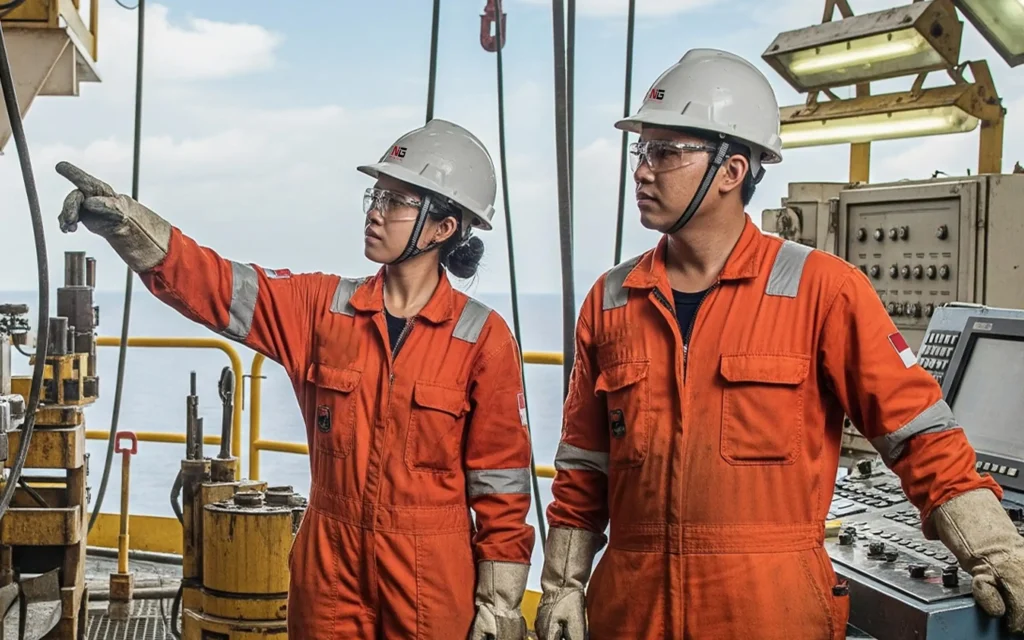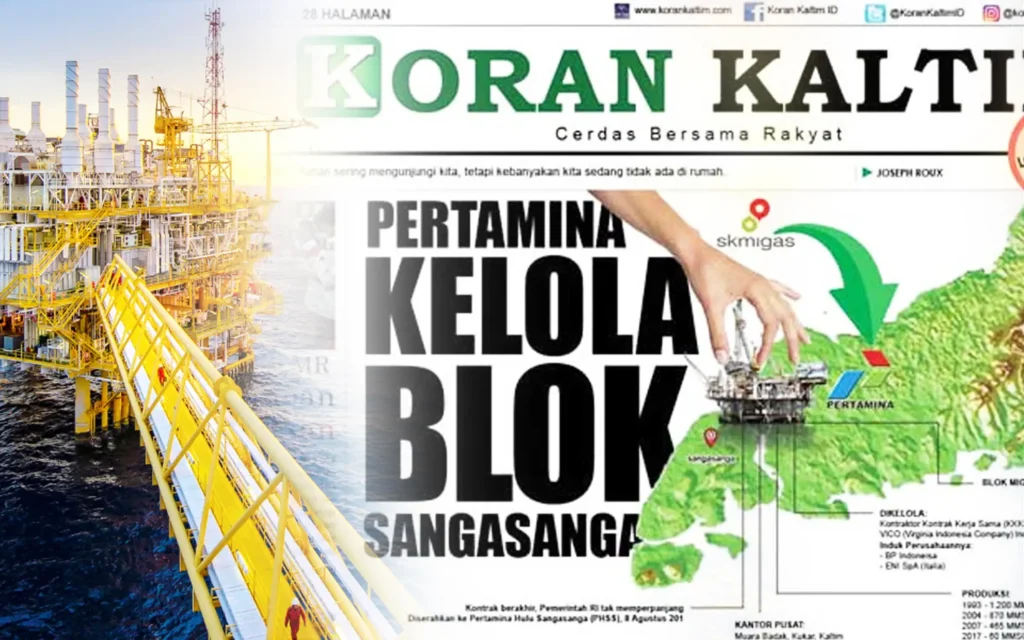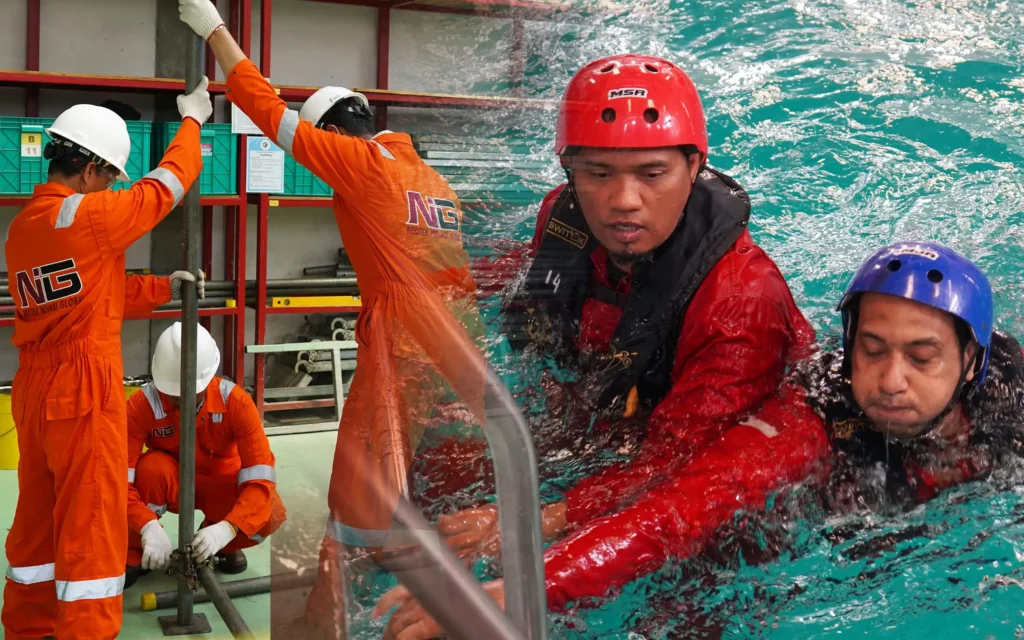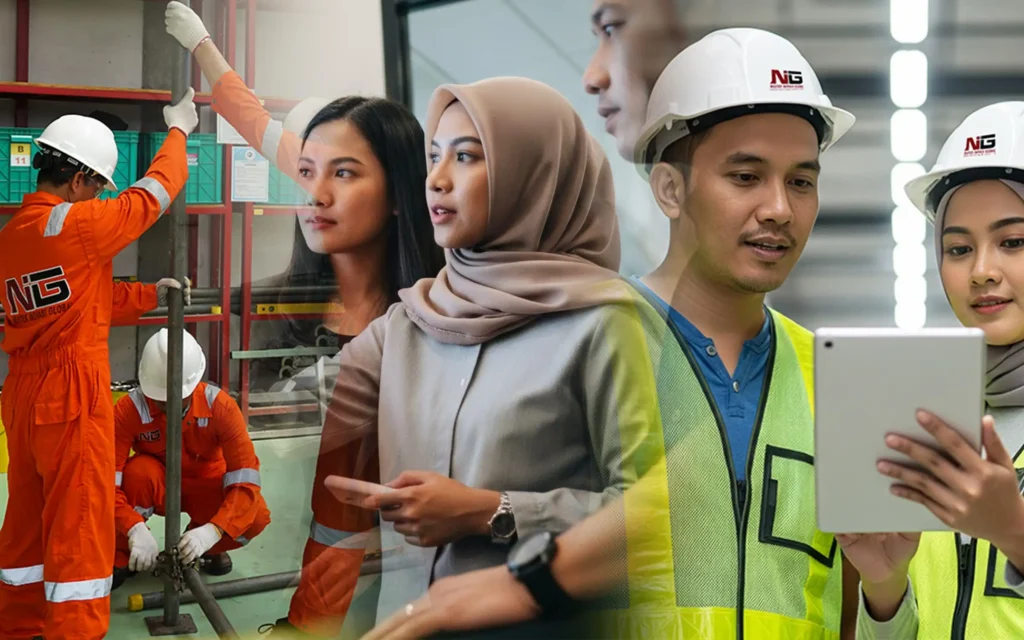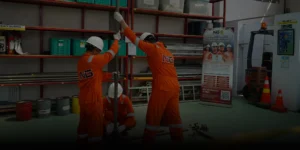Well control is one of the most critical aspects of oil and gas drilling operations, designed to prevent uncontrolled release of formation fluids, commonly known as a blowout. Effective well control protects personnel, the environment, and valuable drilling assets. This article explains the fundamentals of well control, its importance, techniques, and best practices used in modern oilfield operations.
What Is Well Control?
Well control refers to the methods and procedures used to maintain pressure balance in a wellbore during drilling, completion, or intervention. The goal is to prevent the influx of formation fluids (oil, gas, or water) into the wellbore, which can lead to hazardous situations.
In simple terms, well control = managing pressure safely. Maintaining control of wellbore pressure ensures the operation remains stable and safe.
Why Is Well Control Important?
Uncontrolled pressure can cause catastrophic events such as blowouts, fires, or explosions, leading to loss of life, environmental damage, and costly downtime. Therefore, mastering well control is a mandatory requirement for drilling engineers, supervisors, and rig crews.
Key benefits of effective well control include:
-
Ensuring the safety of personnel and assets
-
Preventing environmental contamination
-
Reducing non-productive time (NPT)
-
Ensuring compliance with international safety standards (IADC, IWCF, OSHA, etc.)
The Four Phases of Well Control
1. Primary Well Control
This is the first line of defense. It relies on maintaining the correct mud weight to counteract formation pressure. If the mud hydrostatic pressure equals or exceeds formation pressure, formation fluids cannot enter the wellbore.
2. Secondary Well Control
If primary control fails, secondary well control uses blowout preventers (BOPs) to seal the well and stop fluid flow. These are mechanical barriers installed on top of the wellhead.
3. Tertiary Well Control
This is the last resort — applied when both primary and secondary control fail. It involves well killing operations or capping stacks to regain control of the well.
4. Human and Procedural Control
Human factors, communication, and proper training and certification (such as IWCF or IADC Well Control) play a vital role in preventing incidents and ensuring response readiness.
Common Causes of Well Control Incidents
-
Incorrect mud weight calculation
-
Failure to detect a kick early
-
Equipment malfunction (BOP or choke failure)
-
Human error due to lack of training or fatigue
-
Poor maintenance or monitoring systems
Well Control Equipment
Several key tools and systems are used to manage well control:
-
Blowout Preventer (BOP) – prevents the escape of fluids from the well.
-
Choke manifold – controls pressure while circulating fluids out of the well.
-
Mud pumps and mud tanks – maintain hydrostatic pressure.
-
Accumulator unit – provides hydraulic power to operate the BOPs.
-
Kick detection system – monitors pressure and flow for early warning signs.
Kick Detection and Response
A kick occurs when formation fluids enter the wellbore due to loss of pressure control. Early detection is crucial to avoid escalation.
Warning signs of a kick:
-
Sudden increase in pit volume
-
Flowing well with pumps off
-
Decrease in pump pressure
-
Changes in mud return rate
Response steps:
-
Stop drilling immediately
-
Shut in the well using the BOP
-
Record pressures and monitor trends
-
Circulate out the influx safely using standard well-kill methods
Well Control Training and Certification
Training and competency are the foundation of safe well operations. The most recognized certifications are issued by:
-
IWCF (International Well Control Forum)
-
IADC (International Association of Drilling Contractors)
Both certifications focus on practical and theoretical understanding of well control principles, including pressure calculations, kick detection, equipment operation, and kill procedures.
Conclusion
Well control is not just a technical requirement—it’s a safety culture that underpins every stage of oil and gas operations. By ensuring proper training, maintaining equipment, and following standardized procedures, drilling teams can minimize risks and maintain safe, efficient operations.
Whether you are a drilling engineer, wellsite supervisor, or technician, understanding and applying well control principles is essential to achieving operational excellence in the oil and gas industry.








